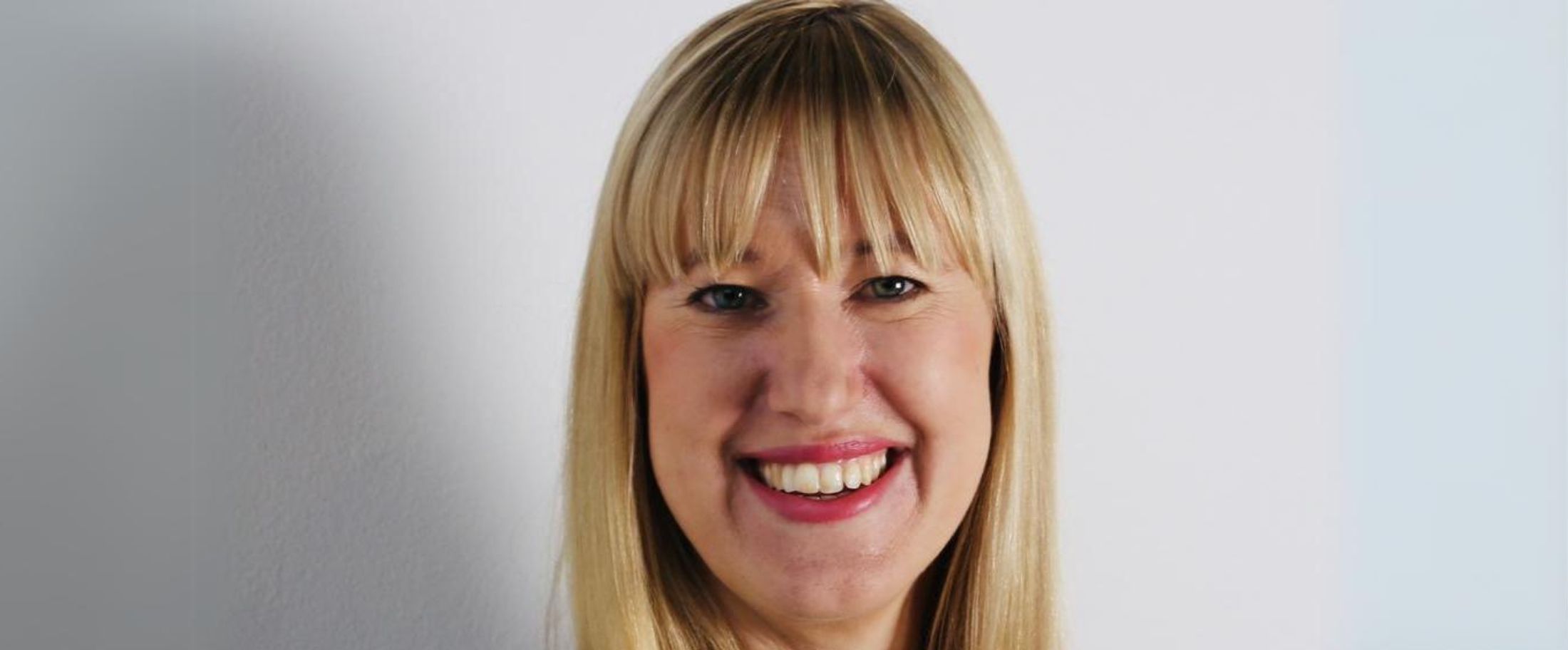
The Perfect Balance


Voices
Listen
303 MullenLowe Sydney's Chief Strategy Officer Jody Elston delves into the power of humour in this great piece in The Australian.
Humour in advertising, whether it’s a chuckle, chortle, guffaw or knowing smile, has been proved to be a significant driver of long-term brand and business growth.
When we make the audience laugh, we associate a brand with the positive emotion of happiness. Behavioural science has proved that if people feel good about a brand over time, they’re more likely to buy it. This is the “affect heuristic” in action, a mental shortcut we use to make decisions with our unconscious feelings, which it turns out we do 95 per cent of the time.
Australia has a great history of using humour in advertising. They’re often the ads we still remember decades later – think Not Happy Jan, Rabbits or that famous Big Ad – they can be clever, self-deprecating or just plain silly and are almost always based on a human truth.
Yet around the world there’s evidence that the incidence of brands using humour is in decline, due to the rise of brand purpose, fear of getting it wrong or being in categories not felt to fit with funny. This year at the Cannes Lions International Festival of Creativity there was a focus on championing its return with a new humour category and message to dig deep with “real creative courage”.
But why is using humour considered so courageous, when it just makes good business sense? Despite the bleak outlook on funny by our global counterparts (though improving in 2024), in Australia we’re already more likely to be making funny ads. Kantar data shows 42 per cent of ads in Australia used humour compared to a 33 per cent global average.
And Australia’s cultural bias for humour also translates to effectiveness. Effie Australia celebrates advertising that achieves real business results, and the campaigns that use humour punch above their weight.
A new audit of the Effie database in Australia over five years reveals over half of the winning cases use humour.
Humour is often used by brands to help them playfully challenge the status quo.
Effectiveness award winner Aldi gets us to question the “pointless points” of the leading supermarkets while Budget Direct explains how it keeps prices low by not insuring people like Captain Risky. And more recently, detective character Sarge investigates why otherwise smart Australians pay more than they need to for their insurance. It’s “the people’s champion” narrative in different guises that fits with Australia’s egalitarian spirit.
Australians love the lighthearted, offbeat humour of effectiveness case Moe’s hotdogs with their ridiculous and catchy Go A Moe’s anthem. We’re also happy to poke fun at ourselves as demonstrated by MLA’s “un-Australian” work for lamb and Canadian Club’s Over Beer campaign, which liberates Aussies to question their longstanding cultural obligation to beer.
If humour is built into our collective DNA, could we be taking greater advantage of this to drive growth for brands and business?
A common scenario is for brands to brief a campaign that’s “funny … but not funny ha ha”, which perhaps stems from a fear of getting it wrong or of their brand not being taken seriously.
But by asking for “half funny” they are inadvertently asking for less effective work. The Effie database shows two clear categories of humour – laugh out loud funny and more of a smile. Kantar data suggests brands in the LOL category are more distinctive, emotionally connected and well branded. Jo-Anne Bachorowski, a psychology professor, proved that voiced laughter more reliably indicates a person’s positive mood than unvoiced laughter.
Social change campaigns can be the most serious of all, and where humour can feel “inappropriate”.
Yet using humour to get people to take an issue seriously has proved a very effective strategy.
Australian advertising classics Dumb Ways to Die and No-one Thinks Big Of You (Pinkie) both use humour to surface an uncomfortable truth. By holding a mirror up to our poor behaviour we feel shamed into taking action.
More recently Transport for NSW launched a six-and-a-half-foot drink driving intervention in the form of Terry Godmother who diverts risk takers who are planning to drink drive with a good dose of Kiwi accented common sense.
Perhaps the most persuasive case for humour is the truth that a joke is best shared. In a social media context people want to be entertained not sold to, and they reward brands by sharing their funny content, thus increasing a brand’s reach and fame, both drivers of market share growth.
It is no wonder Australia’s most popular ads also tend to be humorous.
A TRA survey of Australia’s favourite ads found seven of the top 10 ads were funny, and low-interest categories such as insurance that bravely battled apathy with humour were over-represented.
The evidence is clear that brands that use humour can deliver a serious return on investment. And that’s not to be sniffed – or snorted – at.
Jody Elston is the chief strategy officer at 303 MullenLowe Sydney.
{"fill_in_all_required_fields":"Please fill in all required fields.","enter_valid_email":"Please enter valid email address.","something_went_wrong":"Something went wrong. Please refresh the page and try again.","token_has_expired":"This form has expired. Please refresh and try again.","must_agree_to_data_collection":"You must agree to our data collection terms to submit this form.","problem_with_submitted_data":"There was a problem with your form data. Please review your information and try again.","checkbox_icon_description":"checked checkbox","registration_successful":"Registration successful","thank_you_for_registering":"Thank you for registering for the report. You can now download the report.","download_report":"Download the Report"}